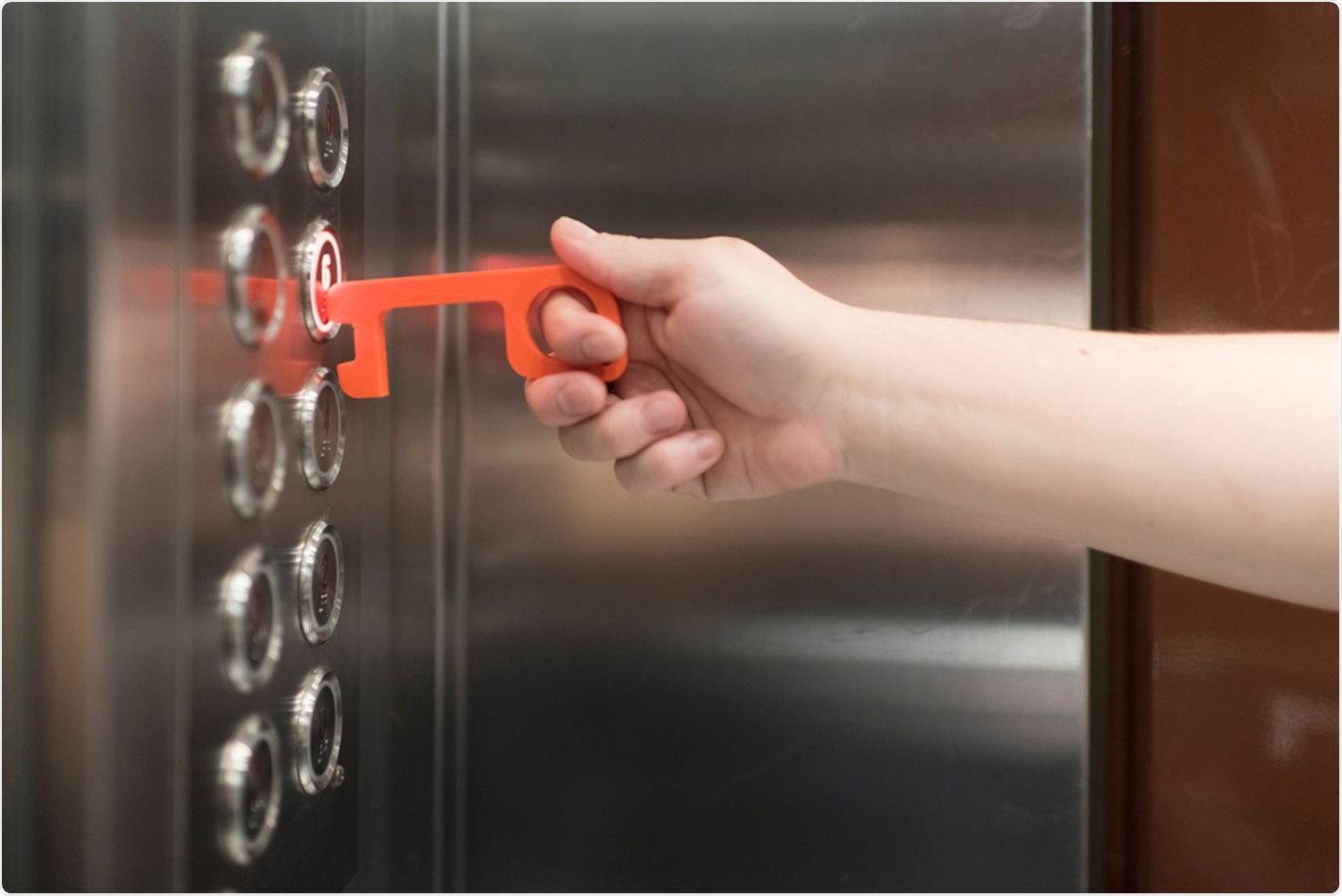Several new contributions in the health sector have been made possible by 3D printing technology in the fight against COVID-19 (coronavirus disease 2019). 3D printing or additive manufacturing (AM) has enabled rapid prototyping and scalability. This technology is notable for its flexibility in structural design, waste minimization, mass customization, and complex architectural manufacturing.
COVID-19 has had an unprecedented impact globally, with over 187 million infected individuals and 4 million deaths. A variety of scientific research, prototyping, methods, and technologies, large-scale manufacturing, etc. occurred as a result of this impact. By printing PPEs, medical devices, personal accessories, and isolation wards using 3D printing technology, we were able to meet this unprecedented crisis.
In a recent review published in the journal, Advanced Functional Materials, researchers K. P. A. Kumar and Martin Pumera focused on the contributions of 3D printing technology towards the health sector in the wake of this deadly pandemic. They discussed various 3D printing techniques, prototypes for medical appliances, detailed analysis of printed parts, safety regulations, and also certain shortcomings associated with the technique.
They have detailed how 3D printing techniques efficiently handled the pandemic over other conventional methods of printing. “In short, the article examines how helpful 3D printing can be in similar cases of emergency in the future as well,” noted the authors.
Overview of 3D Printing
The revolution of the 3D printing emerged in the 1980s, printing various objects in a bottom-up method by the digitally-controlled process of fabricating 3D structures in a layer-by-layer manner.
The components to be printed are initially designed using a computer-aided design (CAD) software or by 3D scanner or by photogrammetry (a combination of images from different positions) and printed directly from STL files (files that store information about 3D models; a file format native to the stereolithography CAD software created by 3D System). These files are easily accessible through websites or specific community sites.
These STL files undergo a slicing process, get converted to a G-code file that contains the geometrical information about the structure, and finally direct the printer to start printing 2D layers on top of each other to make a 3D structure. There are different types of printing techniques based on the printable material such as metals, thermoplastics, carbon-based composites, ceramics, the complexity of printed structure, the cost-effective approach, and targeted applications.
Various 3D printing techniques include 1) Fused deposition modeling (FDM) - filaments melted and extruded via a nozzle in layers stacked to form a 3D structure; 2) Stereolithography (SLA) - uses UV light to focus on a thin film of photopolymer resin to solidify it to a 3D printed structure, 3) Selective laser sintering (SLS) - a powdery material is melted by heat source into layers of a solid structure, and 4) Polyjet technology - employs a photocuring technique.
Evidently, 3D printing has contributed phenomenally towards industry and academia, and recently in handling the COVID-19 pandemic.
3D Printed Medical and Safety Devices
With the rapid prototyping ability of 3D printing, the digital printing world helped limit the spread of the virus at a significant level.
During the pandemic of COVID-19, 3D printing was pivotal for producing personal protective equipment, the first physical barrier against the virus. It included facemasks, face shields, protective eyewear, and also personalized 3D printed masks. For example, during the first COVID-19 wave, Prusa, a well-known Fused Deposition Modeling (FDM) manufacturer in the Czech Republic, 3D printed nearly 200,000 face shields for medics and professionals.
“A Canada-based company called Next Generation Manufacturing Canada (NGen) invested more than $21 million in manufacturing companies to produce face shields, ventilators, and test kits in a limited time frame.”
Parts of the N95 and KN95 masks were also 3D printed to replace defective or broken bands, ensuring a longer lifetime of the masks. Following regulatory and safety specifications, CERN, the European Organization for Nuclear Research, designed 3D printed flexible and washable masks with replaceable filters.
Additionally, 3D printed medical accessories such as ventilators and ventilator valves (to support OCVID-19 patients experiencing breathing difficulties), HEPA filters (for safety measures), and splitters (used for multiple the supply of oxygen to patients) were made available.
“At a time when the demand for 3D printed valves for respirators was and is still on rise, in many parts of the world, a prompt action taken by an Italian engineering startup called Isinnova (Italy) proved to be life-saving.”
While 3D printed nasopharyngeal swabs and test kits came in handy in collecting samples for COVID-19 testing, 3D printed negative airflow isolation chambers and mobile wards to quarantine patients were highly useful as they were able to be constructed in record time.
Hands-free accessories such as door openers, button pushers, wristbands to carry sanitizers, etc., were also 3D printed; these aid in reducing the contact from a contaminated surface.

Image Credit: Carolina Jaramillo
The review has listed a few institutes/communities that came forward to print the 3D medical components to fight the pandemic. However, the reviewers emphasized the importance of safety and regulatory norms. They said, “manufacturers of 3D printed medical devices must synchronize their production work with concerned sectors for accountability, quality, and safety assurance.”
Comparing 3D printing with conventional methods in COVID-19 times, it is evident that due to lockdown restrictions and shortage of manpower, 3D printing helped manufacture the essential emergency medical equipment.
Conclusions and Future Perspective
During these difficult times, 3D printing became an appealing prospect to the medical community and provided immense possibilities that saved lives. This review examines how this technology has benefited the medical community during a sudden disruption in supply.
As a parallel manufacturing method, 3D printing technology may prove beneficial in times of emergency, such as this current pandemic, because it is capable of rapid prototyping. Biodegradable materials will thus open up tremendous possibilities for dealing with future epidemics and write the reviewers.